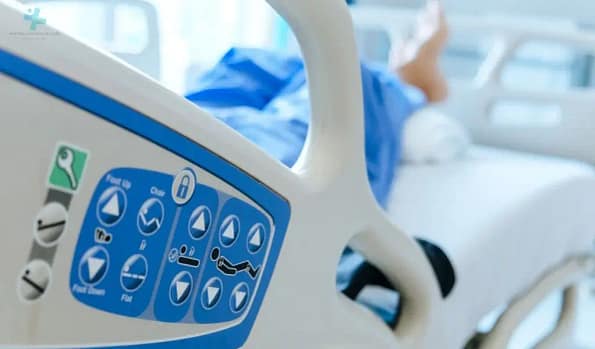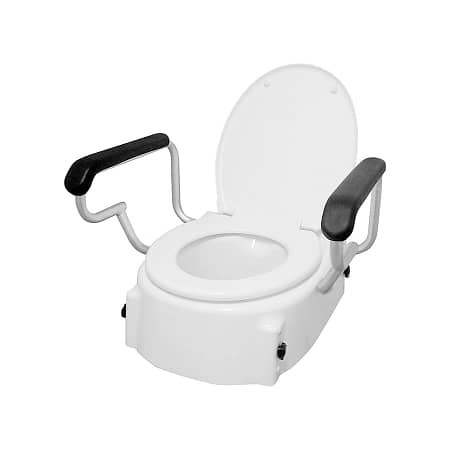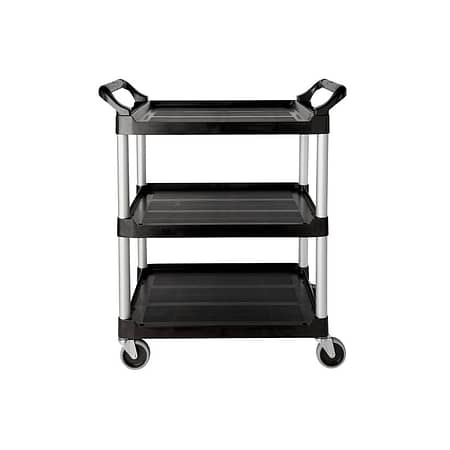Are there specific chair and bed alarms that can help prevent patient falls in clinical settings?
Introduction to Patient Falls in Clinical Settings
Understanding the Risk
Patient falls represent a significant safety concern within clinical environments, leading to injuries that can delay recovery, reduce mobility, and increase healthcare costs. Falls can occur due to various factors, including mobility issues, medication side effects, and environmental hazards. Recognising the multifaceted risks associated with patient falls is the first step towards implementing effective prevention strategies.
The Cost of Falls to Healthcare Facilities
Falls in healthcare settings not only impact patient health but also impose financial burdens on facilities through increased care costs, potential litigation, and penalties from regulatory bodies. These incidents can lead to extended hospital stays, additional treatments, and the need for further rehabilitation, significantly driving up healthcare expenses.
The Role of Technology in Preventing Falls
Advancements in technology offer promising solutions for fall prevention. Chair and bed alarms are among the key tools that can alert staff to potential falls, enabling timely intervention. These devices are designed to detect when a patient attempts to stand up unassisted, allowing healthcare professionals to provide immediate assistance, thereby reducing the likelihood of falls and enhancing patient safety.
Overview of Chair and Bed Alarms
Chair and bed alarms are essential safety devices used in clinical settings to prevent patient falls by alerting staff when a patient tries to stand up or exit their bed or chair without assistance. These alarms work through sensors that detect pressure changes or motion, immediately triggering an alert to notify caregivers, allowing for quick intervention. Available in both wired and wireless configurations, chair and bed alarms can be chosen based on the specific needs of a facility.
Wired alarms are directly connected to a patient’s bed or chair, while wireless models offer more flexibility and can be integrated into broader patient monitoring systems. Regardless of the type, these alarms play a crucial role in enhancing patient safety by providing an early warning system for potential falls, thereby reducing the risk of injuries in healthcare environments.
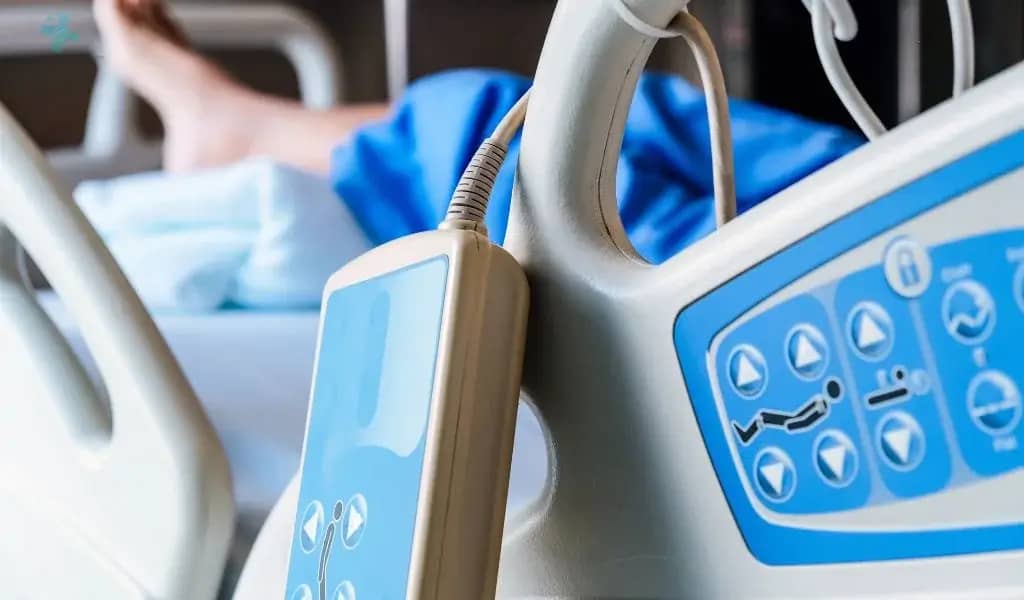
Benefits of Using Chair and Bed Alarms
Enhancing Patient Safety
Chair and bed alarms significantly enhance patient safety by providing real-time alerts when patients attempt to leave their bed or chair unassisted, a common precursor to falls. This immediate notification allows healthcare staff to intervene swiftly, reducing the risk of fall-related injuries and ensuring a safer environment for patients, particularly those at high risk due to mobility issues or cognitive impairments.
Reducing Staff Workload
By automating the monitoring of patient movements, chair and bed alarms help in reducing the workload on healthcare staff. These devices enable caregivers to efficiently allocate their time and resources, focusing on direct patient care rather than constant surveillance. This not only improves the efficiency of care delivery but also reduces the physical and emotional strain on staff, contributing to a more sustainable healthcare environment.
Improving Patient Outcomes
The use of chair and bed alarms contributes to improved patient outcomes by preventing falls and the associated complications that can prolong hospital stays, hinder rehabilitation, and negatively impact the quality of life. By minimizing the occurrence of falls, these alarms play a critical role in ensuring patients have a safer, more supportive environment in which they can recover, ultimately leading to better health outcomes and enhanced patient satisfaction.
Selecting the Right Chair and Bed Alarms for Your Facility
Selecting the appropriate chair and bed alarms for your healthcare facility is a critical decision that can significantly impact patient safety and care quality. These devices are vital in preventing falls, a common and serious problem in clinical settings. When choosing alarms, it’s essential to consider several key features and how they align with the needs of your specific environment, whether it’s a hospital, aged care facility, or rehabilitation center.
Features to Look For
- Sensitivity Settings: Adjustable sensitivity is crucial to accommodate different patient weights and movements, ensuring the alarm triggers accurately without causing false alarms that can desensitize staff.
- Durability and Maintenance: The alarms should be robust enough to withstand regular use and easy to maintain, ensuring long-term reliability and performance.
- Ease of Use and Installation: Devices should be user-friendly for both staff and patients, with straightforward installation processes that do not disrupt the care environment.
Considerations for Different Clinical Settings
- Hospitals: In a fast-paced hospital environment, where patients with varying levels of mobility and risk are present, alarms with high customization for sensitivity and volume, and the ability to integrate with nurse call systems, are ideal.
- Aged Care Facilities: For aged care, prioritizing alarms that offer durability and ease of use is key, as these settings often cater to long-term residents with chronic conditions that affect mobility.
- Rehabilitation Centers: Facilities focusing on rehabilitation may benefit from wireless alarms that allow for greater patient movement and can be easily adjusted as patients’ mobility improves.
Choosing the right chair and bed alarms involves a careful assessment of features against the specific needs of your clinical setting. By prioritizing sensitivity, durability, ease of use, and the particular requirements of your facility type, you can implement an effective fall prevention strategy that enhances patient safety, reduces staff workload, and improves overall patient outcomes.
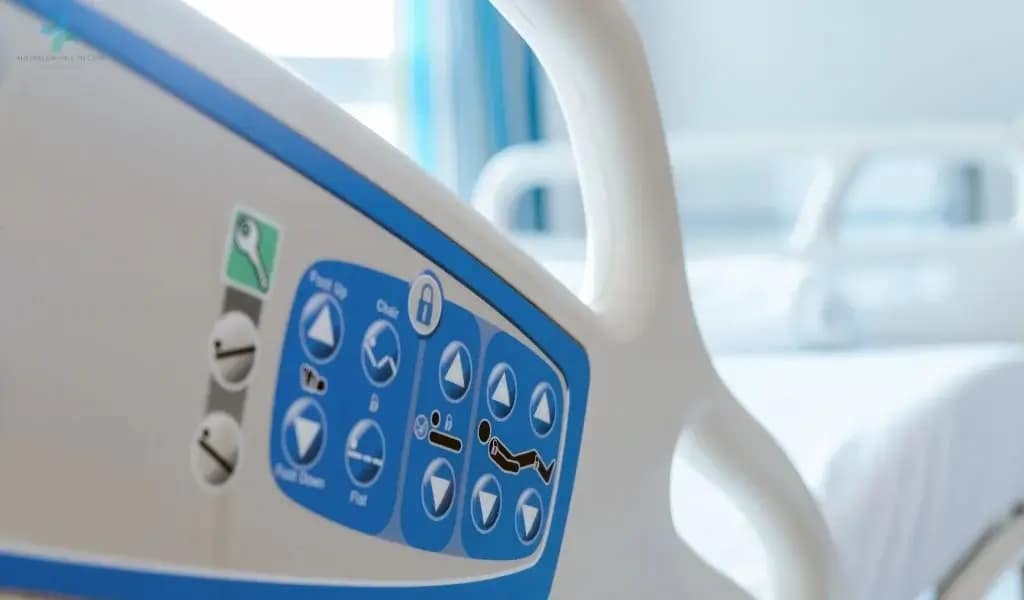
Implementing Chair and Bed Alarms: Best Practices
Training Staff on Proper Use
Effective implementation of chair and bed alarms starts with comprehensive staff training. Educating healthcare personnel on how to correctly set up, adjust, and respond to these alarms ensures they are used to their full potential. Training should cover the technical aspects of the alarms, such as sensitivity settings and maintenance, as well as protocols for responding to alerts promptly and appropriately to prevent falls.
Integrating Alarms with Other Fall Prevention Strategies
Chair and bed alarms should be part of a broader fall prevention strategy that includes environmental modifications, patient assessments, and tailored care plans. Combining these alarms with other measures, such as non-slip flooring, adequate lighting, and personal mobility devices, enhances the overall effectiveness of fall prevention efforts. Collaboration among all healthcare team members is essential to create a cohesive approach that addresses the unique needs of each patient.
Monitoring and Evaluating Effectiveness
Regular monitoring and evaluation of the chair and bed alarm system are crucial to ensure it is meeting the facility’s fall prevention goals. This involves analyzing fall incidence rates, staff response times, and patient and staff feedback to identify any areas for improvement. Adjustments may include updating training programs, tweaking alarm settings, or even exploring new alarm technologies. Continuous evaluation helps in refining fall prevention strategies over time, leading to better patient outcomes and safer clinical environments.

